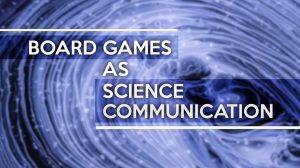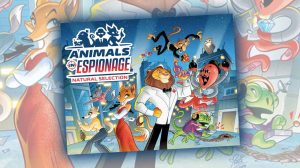This game attempts to mirror life events many people go through from going to college, raising a family, buying a home, working and retiring.
The intent of the game is to have the most assets at the end of the game, assets are earned primarily by working and earning tokens with dollar amounts on them. Additionally the first person to complete the course gets additional money tokens.
There is a very linear board that you move along by spinning a wheel or landing on spaces that tell you to move to a specific space or forward or back. There are a handful of intersections where you can choose to go one direction or another but they ultimately have similar spaces and meet back up quickly. There are a handful of choices regarding insurance and investments but for the most part it is a game of luck.
Note -- this entry covers many versions of the game with different rule sets. In general, the newer the printing the gentler the rules. The 1960s original can be quite brutal if the players choose to act on all the options made available to them. The most recent versions are suitable for young children without parental supervision.
Buy The Game of Life on Amazon
Justin and his daughter revisit the 1960 Milton Bradley classic The Game of Life to see if it still holds up!
Tabletop game themes across the hobby are increasingly diverse, but there’s one area that’s conspicuous in its absence. Join Meeple Mountain as we ask - where...
Join us as we explore how board games can be used for science communication and what the game Evolution: Climate can teach us about its subject matter.
Meeple Mountain is proud to present another collection of board game haiku, exploring ideas and thoughts about board games in seventeen syllables.















